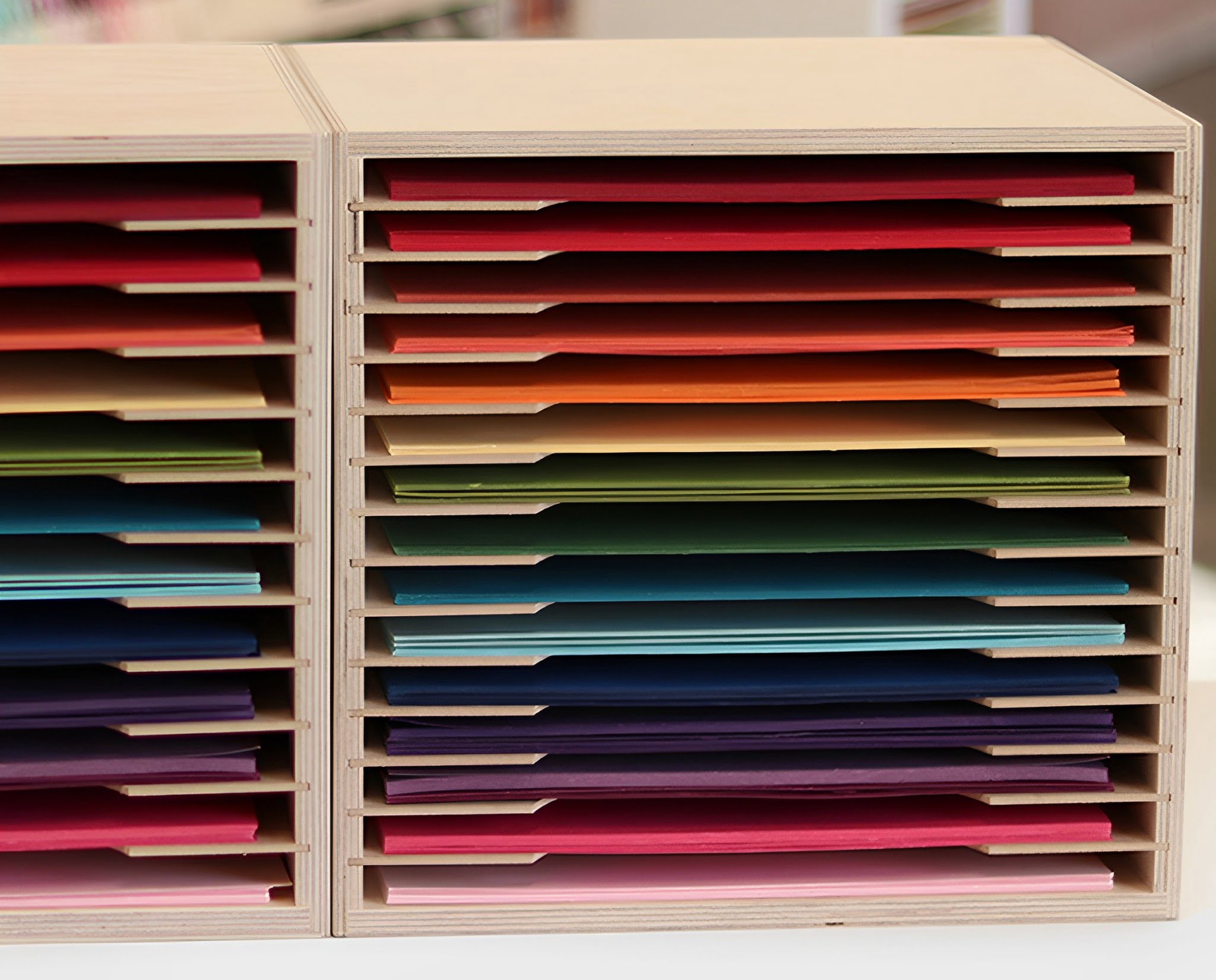

Articles
How To Store Cardstock
Modified: January 19, 2024
Learn the best way to store cardstock articles and keep them in perfect condition for your craft projects. Find tips and tricks to maintain the quality and longevity of your cardstock.
(Many of the links in this article redirect to a specific reviewed product. Your purchase of these products through affiliate links helps to generate commission for Storables.com, at no extra cost. Learn more)
Introduction
In today’s digital age, it’s easy to overlook the importance of physical materials, such as cardstock. However, for crafters, artists, and those in the design industry, cardstock continues to be a valuable and versatile material. To ensure its longevity and quality, proper storage is essential. Whether you use cardstock for scrapbooking, printing, or any other creative projects, implementing the right storage methods will help preserve its integrity and prevent damage.
Cardstock, a thicker and sturdier form of paper, comes in various weights and finishes. It’s commonly used for greeting cards, invitations, and other stationery items. Additionally, it serves as a foundation for numerous art projects, offering stability and durability.
Improper storage of cardstock can lead to a range of issues, including warping, bending, and discoloration. Moreover, it can negatively impact the print quality and overall aesthetic appeal. By following simple storage guidelines and incorporating effective organizational strategies, you can ensure that your cardstock remains in pristine condition for years to come.
In this article, we will discuss the importance of proper cardstock storage and provide practical tips for storing cardstock effectively. Whether you are a hobbyist or a professional, these insights will help you keep your cardstock collection neat, protected, and ready for your next creative endeavor.
Key Takeaways:
- Proper storage of cardstock is crucial for preserving its quality, print integrity, and usability. By considering factors like temperature, light exposure, and choosing the right containers, you can ensure your cardstock remains in optimal condition for creative projects.
- Storing cardstock in a vertical position, maintaining an ideal storage environment, and protecting it from damages and discoloration are essential for its longevity. Efficient retrieval and organization ensure quick access, streamlining your creative process and maximizing productivity.
Read more: How To Print Cardstock On HP Printer
Importance of Proper Cardstock Storage
Proper cardstock storage is crucial for maintaining the quality and longevity of this versatile material. Here’s why it matters:
- Preserve Cardstock Integrity: Cardstock is susceptible to damage from environmental factors such as moisture, sunlight, and dust. If not stored correctly, it can become warped, discolored, or weakened, compromising its integrity and making it less usable for your projects.
- Maintain Print Quality: Whether you purchase pre-printed cardstock or print your own designs, proper storage will help maintain the vibrancy and clarity of your prints. Exposure to light and moisture can cause ink to fade or bleed, resulting in diminished print quality.
- Facilitate Organization: By having a designated storage system in place, you can keep your cardstock collection organized and easily accessible. This will save you time and effort in finding the right colors, textures, or designs for your projects.
- Maximize Usability: When stored properly, cardstock remains intact and free from damage. This means you can utilize every sheet to its full potential, saving you money by avoiding unnecessary wastage.
- Preserve Investment: Cardstock can be a significant investment, especially if you purchase premium quality or specialty finishes. By storing it properly, you protect your investment and ensure that your cardstock lasts for a long time.
Whether you are a professional crafter, a hobbyist, or someone who occasionally uses cardstock for creative projects, the importance of proper storage cannot be overstated. With the right storage methods, you can preserve the integrity of your cardstock, maintain print quality, enhance organization, and protect your investment.
Factors to Consider for Cardstock Storage
When it comes to storing your cardstock properly, there are several factors to consider. By taking these factors into account, you can ensure optimal storage conditions and maintain the quality of your cardstock collection. Here are the key factors to consider:
- Temperature and Humidity: Cardstock is sensitive to fluctuations in temperature and humidity. Both high humidity and extreme temperature variations can cause the paper to expand, contract, or become warped. It is recommended to store cardstock in a cool, dry area with a constant temperature and humidity level.
- Light Exposure: Excessive exposure to sunlight or artificial light can cause cardstock to fade and discolor over time. It is best to store cardstock in a dark or low-light environment to protect it from light damage. If you need to view or access your cardstock, use minimal lighting or consider storing it in light-blocking containers.
- Clean and Dust-Free Environment: Dust and debris can accumulate on cardstock and affect its appearance and print quality. It is important to store cardstock in a clean and dust-free environment. Keep it away from areas where there is a lot of foot traffic or where debris is likely to settle, such as near windows or vents.
- Protection from Moisture: Moisture can significantly damage cardstock, causing it to warp, become brittle, or develop mold and mildew. It is essential to store cardstock in moisture-resistant containers or envelop it in plastic sleeves or ziplock bags to provide an extra layer of protection from moisture.
- Avoidance of Extreme Conditions: Cardstock should be kept away from extreme conditions such as extreme cold or heat. Avoid storing it in basements, attics, or other areas of your home that are prone to temperature extremes.
- Avoidance of Weight on Top: Heavy objects or other materials placed on top of cardstock can cause bending or creasing. Store cardstock in a way that minimizes stacking or avoids placing weight on top of it.
By considering these factors and implementing appropriate storage methods, you can effectively protect your cardstock from damage and ensure its longevity. Taking the time to create a suitable storage environment will ensure that your cardstock remains in optimal condition for all your future creative endeavors.
Choosing the Right Storage Containers
The choice of storage containers is crucial when it comes to preserving the quality of your cardstock. The right containers not only provide protection from external factors but also allow for easy access and organization. Here are some important considerations when choosing storage containers for your cardstock:
- Size and Capacity: Select containers that can accommodate the size and quantity of your cardstock sheets. Ensure that the containers are spacious enough to prevent bending or wrinkling of the paper.
- Material: Opt for storage containers made from acid-free and archival-safe materials. Acid-free containers prevent the transfer of harmful chemicals to your cardstock, while archival-safe materials protect against deterioration over time.
- Transparency: Transparent or semi-transparent containers allow you to easily identify the contents without having to open them. This makes it convenient to locate specific colors or designs without disturbing the organization of your collection.
- Closure and Sealing: Look for containers with secure and tight-fitting lids or closures to prevent dust, moisture, and light from entering. This helps maintain the quality of your cardstock and prevents damage from external factors.
- Stackability: If you have a large collection of cardstock, consider containers that are stackable. This allows for efficient use of space and easy access to your cardstock sheets.
- Portability: If you frequently attend craft classes or events, consider storage containers that are portable and lightweight. This makes it convenient to transport your cardstock collection while ensuring its protection during transit.
There are various options available for cardstock storage containers, such as plastic bins, clear plastic drawers, archival storage boxes, or even specialized craft organizers. Choose containers that best suit your storage needs, budget, and personal preferences.
Remember, the goal is to protect your cardstock from environmental factors and allow for easy organization and retrieval. By selecting the right storage containers, you can ensure that your cardstock remains in excellent condition and is readily accessible whenever inspiration strikes!
Preparing the Cardstock for Storage
Before storing your cardstock, it’s important to take a few steps to ensure that it is properly prepared. These preparations will help safeguard its quality and prevent any potential damage. Here are some key steps to follow:
- Clean the Cardstock: Dust and debris can accumulate on the surface of cardstock over time. Before storing, make sure to clean the sheets with a soft, lint-free cloth or a gentle brush to remove any dirt or particles.
- Trim Excess Edges: If your cardstock has uneven or frayed edges, consider trimming them with a paper trimmer or a pair of sharp scissors. This will help create uniform edges and make it easier to stack and organize the sheets.
- Smooth Out Wrinkles or Creases: If you notice any wrinkles or creases on the cardstock, gently iron it using the lowest heat setting and placing a thin cloth or paper towel between the iron and the cardstock to protect it from direct heat.
- Sort and Categorize: Before storing, take the time to sort and categorize your cardstock based on color, texture, weight, or any other criteria that makes sense for your projects. This will make it easier to locate specific sheets when needed.
- Label Each Stack: To further enhance organization, label each stack of cardstock with a sticky note or a label indicating the color, texture, or other relevant information. This will save you time and effort when searching for specific sheets.
By following these preparation steps, you ensure that your cardstock is clean, smooth, and well-organized before it goes into storage. This will make it easier to maintain and access your collection, while also reducing the risk of damage.
Remember to handle the cardstock with care to prevent bending, tearing, or other physical damage. By taking a few extra minutes to prepare your cardstock for storage, you can enjoy the benefits of a well-protected and organized collection for all your creative ventures.
Read more: How To Print On Cardstock On A Canon Printer
Organizing and Sorting Cardstock
Effective organization and sorting of your cardstock collection are key to maximizing productivity and ease of use. When your cardstock is well-organized, you can easily find the colors, patterns, and textures you need for your projects. Here are some tips to help you organize and sort your cardstock:
- Choose a System: Decide on a system that works best for you based on your preferences and the size of your collection. You can organize your cardstock by color, pattern, texture, weight, or any other criteria that suits your needs.
- Use Dividers: Consider using dividers or separators within your storage containers to create sections for different categories. This will help keep your cardstock neatly separated and prevent mixing of colors or designs.
- Utilize Folders or Envelopes: If you have smaller pieces of cardstock, consider using folders or envelopes to keep them together. Label the folders or envelopes with the specific colors or patterns inside for quick and easy identification.
- Create a Color Swatch Reference: To assist with color selection, create a color swatch reference by cutting small samples of each cardstock color and attaching them to a piece of cardstock or index cards. This reference will give you a visual representation of the colors available in your collection.
- Consider a Cataloging System: If you have a large cardstock collection, it may be helpful to create a catalog or inventory system. This can be a digital spreadsheet or a physical notebook where you list and categorize all the cardstock you own. This system will make it easier to track and locate specific sheets.
- Regularly Review and Refresh: Periodically review your cardstock collection and refresh the organization as needed. As you acquire new cardstock or complete projects, make sure to reorganize and update your system to maintain its effectiveness.
Remember, the key to successful organization is to find a system that works for you and is easy to maintain. By implementing these organizing and sorting strategies, you can create a well-structured and efficient cardstock storage system that makes your creative process smoother and more enjoyable.
Store cardstock in a cool, dry place to prevent warping or discoloration. Keep it flat or upright to maintain its shape and avoid bending or creasing.
Storing Cardstock in a Vertical Position
Storing your cardstock in a vertical position is an excellent method to prevent bending, creasing, and other physical damage. When cardstock is stored horizontally, the weight of the sheets on top can lead to warping or bending over time. Storing it vertically not only protects its integrity but also maximizes space efficiency. Here are some tips for storing cardstock in a vertical position:
- Invest in Vertical Storage Solutions: Look for storage solutions specifically designed for vertical cardstock storage. There are various options available, such as magazine holders, paper racks, or customized shelving units. Choose a sturdy option that can support the weight of the cardstock and keep it upright.
- Sort and Arrange by Size: Group your cardstock by size to create neat and organized stacks. Place the larger sizes at the back and gradually move to smaller sizes towards the front. This arrangement allows for easy access and prevents smaller sheets from getting hidden or damaged.
- Support the Bottom: Provide proper support for the bottom of the cardstock stacks. This can be achieved by using dividers or inserting a sturdy piece of cardboard at the bottom of each stack. This support prevents the sheets from sagging or becoming misshapen.
- Label and Identify: Label each stack or section with a sticky note or label indicating the color, texture, or any other relevant information. This will make it quick and easy to locate specific cardstock when needed.
- Avoid Overcrowding: Avoid overcrowding the storage unit or shelves. Make sure there is enough space between each stack to prevent papers from getting crushed or damaged. Overcrowding can also make it difficult to access individual sheets without causing disruption to the organization.
- Regular Maintenance: Periodically check the stacks to ensure they remain vertical and properly aligned. Adjust any sheets that may have shifted or become misaligned over time. Regular maintenance will help maintain the integrity of the stacks and prevent potential damage.
Storing cardstock in a vertical position not only protects its physical integrity but also allows for efficient organization and easy access. By implementing these tips, you can ensure that your cardstock collection remains in excellent condition and readily available for your future creative projects.
Maintaining the Ideal Storage Environment
Creating and maintaining an ideal storage environment is crucial for preserving the quality and longevity of your cardstock. By following these guidelines, you can ensure that your cardstock remains in optimal condition:
- Temperature and Humidity Control: Maintain a consistent temperature and humidity level in the storage area. Fluctuations in temperature and excessive humidity can cause the cardstock to warp, deteriorate, or become susceptible to mold and mildew. Aim for a temperature between 65-70 degrees Fahrenheit (18-21 degrees Celsius) and a relative humidity of 40-50%.
- Avoid Direct Sunlight: Sunlight exposure can fade and discolor cardstock over time. Store your cardstock away from windows or any other direct sources of light to prevent light damage. If possible, choose a storage area that is dark or has minimal light exposure.
- Dust and Cleanliness: Regularly clean the storage area to minimize dust and debris. Dust can settle on the cardstock, affecting its appearance and potentially causing damage. Use a soft, lint-free cloth or gentle brush to dust off the surfaces, shelves, and containers where the cardstock is stored.
- Avoid Extreme Conditions: Keep your cardstock away from areas prone to extreme temperatures or moisture. Avoid placing it near heating vents, air conditioning units, or areas with high humidity, such as basements or attics. Extreme conditions can damage the cardstock and decrease its quality.
- Avoid Exposure to Chemicals: Cardstock is sensitive to chemicals, so it’s important to store it away from any potential sources of chemical exposure. Keep it away from cleaning products, paints, solvents, or any other substances that could potentially leach onto the paper and cause damage.
- Proper Ventilation: Ensure that the storage area has proper ventilation to prevent the accumulation of stagnant air. Good air circulation helps maintain an optimal environment and prevents moisture buildup.
By maintaining the ideal storage environment, you can protect your cardstock from environmental damage and ensure its longevity. Remember to regularly monitor the storage conditions and make adjustments as necessary to maintain the desired temperature, humidity, and cleanliness levels.
Implementing these practices not only protects the quality of your current cardstock collection but also sets the foundation for expanding your creative pursuits in the future.
Protecting Cardstock from Damages
Cardstock is a durable material, but it still requires protection to prevent common damages that can occur during storage. Protecting your cardstock will ensure its longevity and keep it in optimal condition for your creative projects. Here are some important steps to protect your cardstock from damages:
- Use Acid-Free Materials: Acid-free storage containers, folders, and sleeves are essential for protecting cardstock. Acidic materials can cause yellowing, deterioration, and discoloration over time. Ensure that all materials in contact with your cardstock are acid-free and archival-safe.
- Handle with Clean Hands: Clean your hands before handling cardstock to prevent oil, dirt, or moisture from transferring onto the paper. Any contaminants on your hands can compromise the quality and appearance of the cardstock.
- Avoid Excessive Handling: Minimize the unnecessary handling of cardstock to reduce the risk of physical damage. Excessive bending, creasing, or folding can weaken the paper and lead to permanent marks or tears.
- Separate Heavy or Pointed Objects: Avoid storing heavy or pointed objects on or near the cardstock to prevent indentations or punctures. Keep your cardstock in a dedicated storage area where it won’t come into contact with potentially damaging items.
- Protect Edges and Corners: The edges and corners of cardstock are particularly susceptible to wear and tear. Consider applying reinforcing tape or using protective corner guards to prevent fraying or bending.
- Store Unfolded: If your cardstock is folded, store it in a way that minimizes the number and severity of folds. Unfold the cardstock if possible or find suitable storage containers that can accommodate folded sheets without excessive bending.
- Prevent Exposure to Liquids: Liquid spills or moisture can cause irreversible damage to cardstock. Ensure that your storage area is dry and keep cardstock away from liquids, such as water or drinks, to prevent wrinkling or warping.
- Protect from Pets or Children: If you have pets or small children at home, keep your cardstock out of reach to prevent accidental damage or tearing. Store it in secure containers that are not easily accessible to pets or children.
By following these measures, you can safeguard your cardstock from damages and ensure its longevity. Protecting your cardstock not only maintains its physical condition but also preserves its aesthetic appeal, allowing you to create beautiful projects with pristine materials.
Remember, the more care you put into protecting your cardstock, the longer it will last, and the more enjoyable your creative endeavors will be.
Read more: How To Store Store-Bought Bread
Preventing Fading and Discoloration
Fading and discoloration are common concerns when it comes to preserving the quality of cardstock. To prevent these issues and keep your cardstock looking vibrant and true to its original colors, consider the following preventive measures:
- Store in a Dark Environment: Exposure to light, especially direct sunlight, can cause cardstock to fade and discolor over time. Store your cardstock in a dark or low-light environment to minimize light exposure and preserve its colors.
- Avoid Harsh Lighting: If you need to view or work with your cardstock in a well-lit area, use indirect or soft lighting to minimize potential damage. Harsh or intense lighting can accelerate the fading process and compromise the integrity of the colors.
- Use UV-Protective Storage Containers: Consider using storage containers with UV protection to shield your cardstock from harmful ultraviolet rays. These containers act as an additional layer of defense against fading caused by light exposure.
- Use Acid-Free and Archival-Safe Materials: Ensure that all materials that come into contact with your cardstock, such as folders, sleeves, or adhesive, are acid-free and archival-safe. Acidic materials can cause discoloration and deterioration over time.
- Avoid Exposure to Heat: High temperatures can accelerate the fading and discoloration process. Keep your cardstock away from heat sources such as radiators, heating vents, or direct sunlight streaming through windows.
- Rotate Cardstock: If you have cardstock displayed or stored in areas that receive some light exposure, consider periodically rotating the sheets. This helps ensure that any potential fading or discoloration is evenly distributed and minimizes noticeable differences in color over time.
- Keep Away from Chemicals: Certain chemicals can cause discoloration or changes in the color of cardstock. Keep your cardstock away from substances like adhesives, solvents, or cleaning products that could potentially leach onto the paper and cause damage.
- Handle with Care: When handling cardstock, be mindful of touching the printed or colored surfaces as excessive rubbing or contact with oils from your hands can cause discoloration over time. Handle the cardstock by its edges whenever possible.
By implementing these preventive measures, you can significantly reduce the risk of fading and discoloration in your cardstock collection. Protecting the colors of your cardstock ensures that your creative projects maintain their visual impact and provides you with long-lasting materials to work with.
Preserving the vibrancy and true colors of your cardstock enhances the overall quality of your projects and allows you to create stunning pieces that stand the test of time.
Tips for Efficient Retrieval of Cardstock
Efficient retrieval of cardstock is essential to save time and maintain a smooth workflow in your creative projects. By implementing these tips, you can easily locate and access the specific cardstock you need without the frustration of searching through disorganized stacks:
- Organize by Category: Group your cardstock by color, pattern, texture, or any other category that makes sense for your projects. This allows for quicker identification and retrieval of specific types of cardstock.
- Label and Color Code: Attach labels or use color-coded markers or tags to clearly identify different categories within your cardstock collection. This visual cue helps you quickly identify sections or stacks without having to read detailed descriptions.
- Utilize Dividers or Compartments: Use dividers or separators within your storage containers to create sections for different categories or sizes of cardstock. This keeps your cardstock neatly organized and prevents mix-ups or accidental damage when searching for specific sheets.
- Create a Reference Guide: Develop a catalog or reference guide that lists the cardstock colors, textures, or patterns you have, along with their corresponding location within your storage system. This guide serves as a quick reference when you need to find specific cardstock without physically rummaging through your collection.
- Consider Digital Inventory: If you have a large collection, consider creating a digital inventory of your cardstock. Use spreadsheet software or specialized inventory management apps to keep track of the colors, textures, quantities, and location of each sheet. This digital inventory allows you to search for specific cardstock electronically, saving time and effort.
- Maintain Order and Neatness: Regularly tidy up your cardstock storage area to maintain order and neatness. Return unused cardstock to their designated spots after each project, minimizing the chance of misplacement or disarray. This habit ensures that your cardstock is readily available and easily accessible when you need it.
- Implement a “Last In, First Out” System: When adding new cardstock to your collection, place it at the back of its respective category or section. This “last in, first out” approach ensures that older cardstock is used first, preventing sheets from being forgotten or left unused for long periods.
- Regularly Review and Purge: Periodically review your cardstock collection and remove any sheets that you no longer need or use. This decluttering process frees up space and prevents your collection from becoming overwhelming or unmanageable.
By incorporating these tips into your cardstock storage and retrieval system, you can save time, maintain organization, and avoid frustration when searching for specific sheets. These practices streamline your creative process, allowing you to focus on bringing your ideas to life without unnecessary delays.
Remember, a well-organized and efficient cardstock retrieval system enhances your productivity and ensures a seamless experience as you embark on your creative projects.
Conclusion
Proper storage of cardstock is essential for maintaining its quality, integrity, and longevity. By following the guidelines and tips mentioned in this article, you can ensure that your cardstock remains in optimal condition for your creative projects. From the importance of proper storage to choosing the right containers, preparing the cardstock, and organizing it effectively, each step plays a crucial role in preserving the quality of your collection.
By storing cardstock in a vertical position, you can minimize bending and damage while maximizing space efficiency. Maintaining the ideal storage environment, such as controlling temperature and humidity, and protecting cardstock from fading and discoloration add an extra layer of defense against environmental factors. Finally, efficient retrieval of cardstock with proper organization, labeling, and cataloging ensures that you can quickly find the sheets you need, saving time and streamlining your creative process.
Remember to handle cardstock with care and avoid exposing it to damaging elements such as excessive light, moisture, or chemicals. Regularly review, clean, and maintain your storage area to keep it organized and prevent any potential damages.
By implementing these storage and preservation practices, you can extend the lifespan of your cardstock, preserve its vibrant colors, and protect its quality for future creative endeavors. With a well-organized and well-protected collection, you can unleash your imagination, confident that your cardstock will be ready and in perfect condition whenever inspiration strikes.
So, take the time to set up an effective storage system, incorporate the tips mentioned, and enjoy the long-lasting benefits of properly stored and preserved cardstock. Happy crafting!
Frequently Asked Questions about How To Store Cardstock
Was this page helpful?
At Storables.com, we guarantee accurate and reliable information. Our content, validated by Expert Board Contributors, is crafted following stringent Editorial Policies. We're committed to providing you with well-researched, expert-backed insights for all your informational needs.

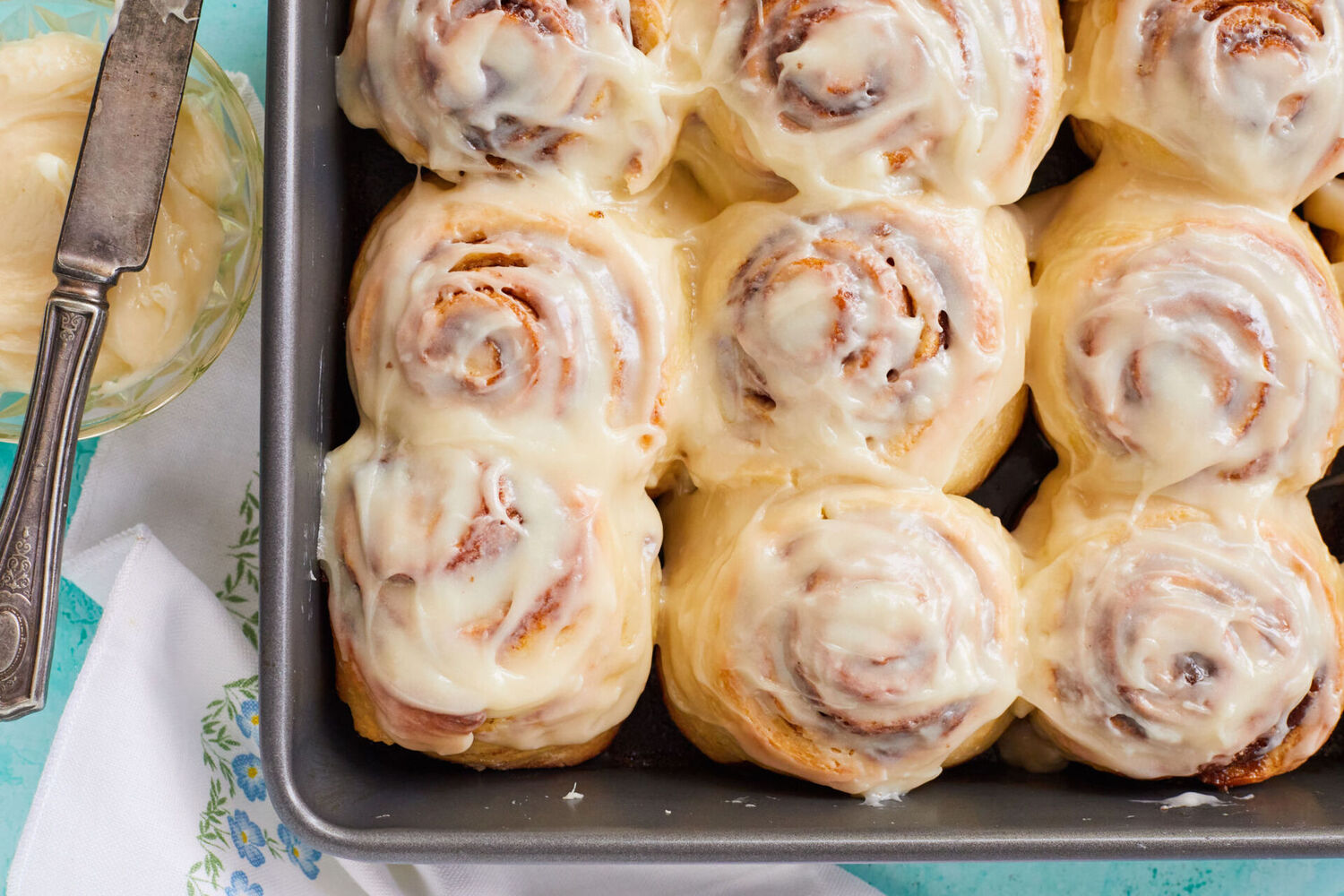




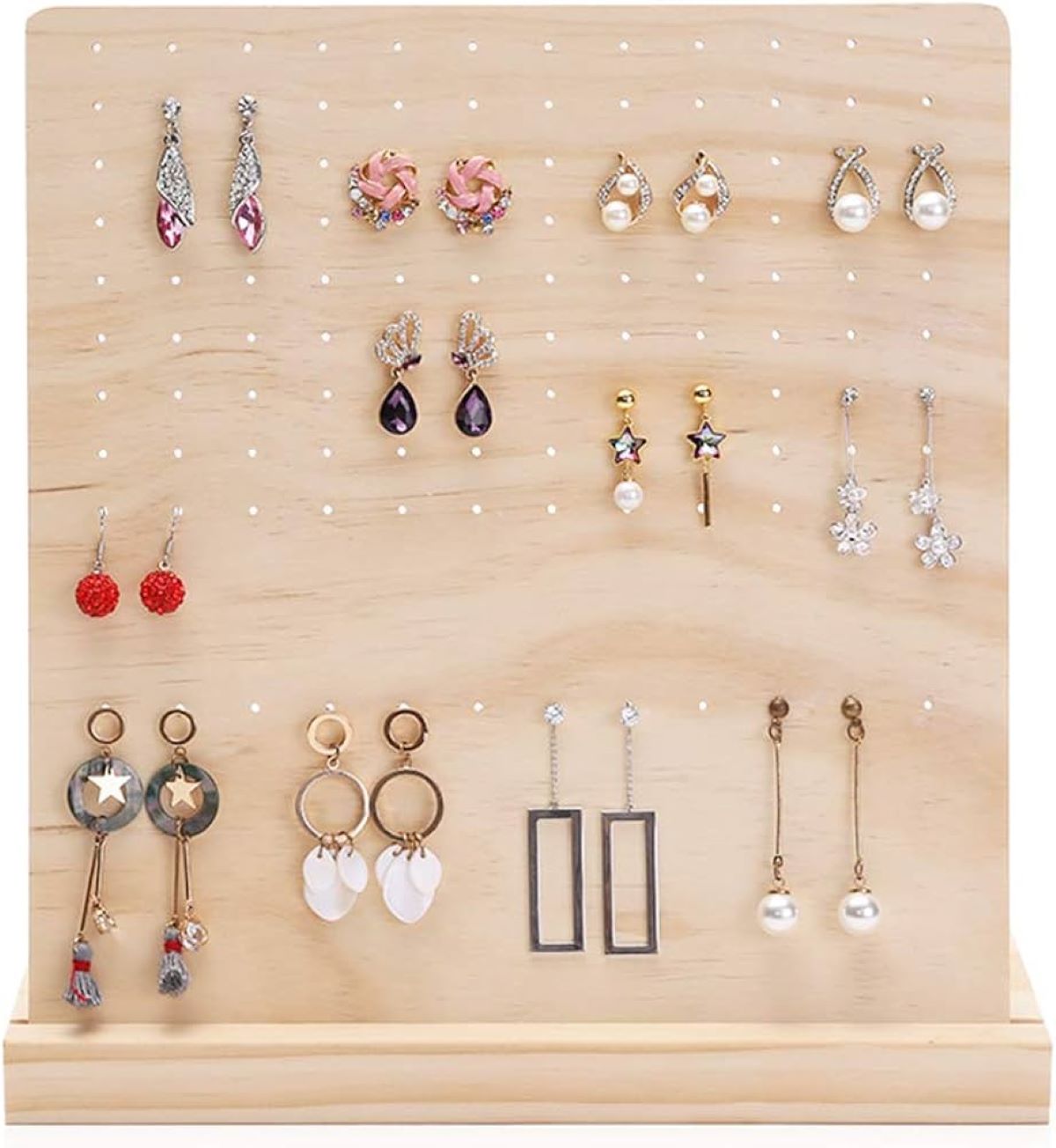
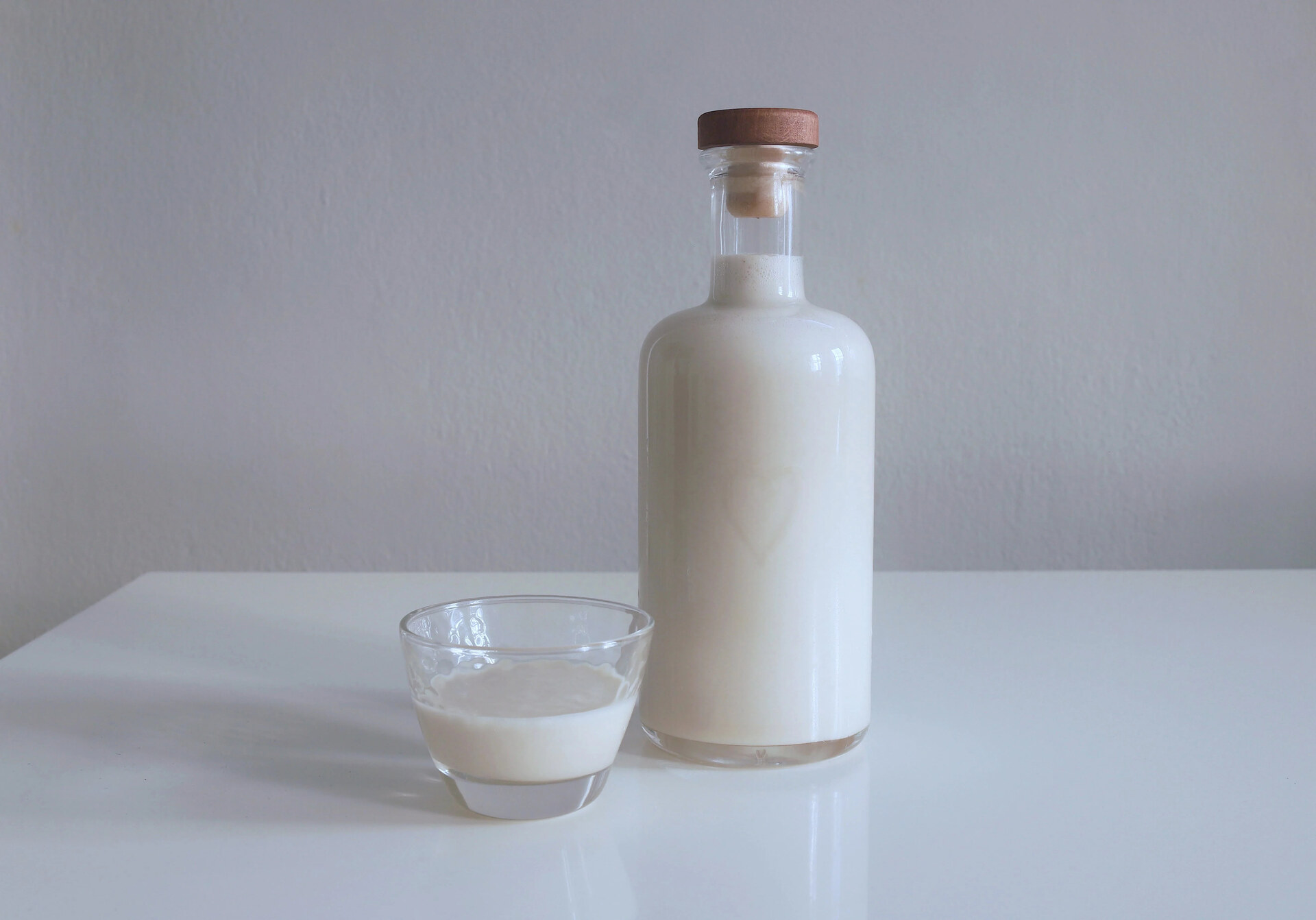
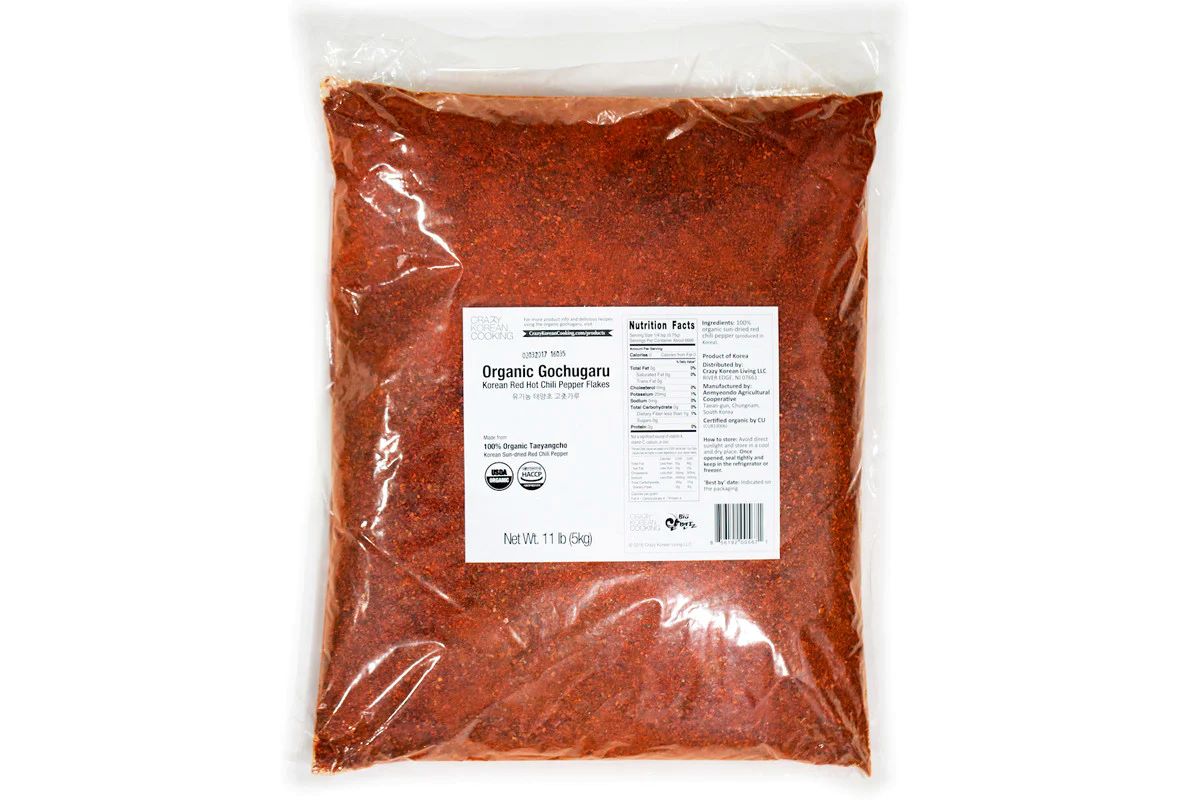

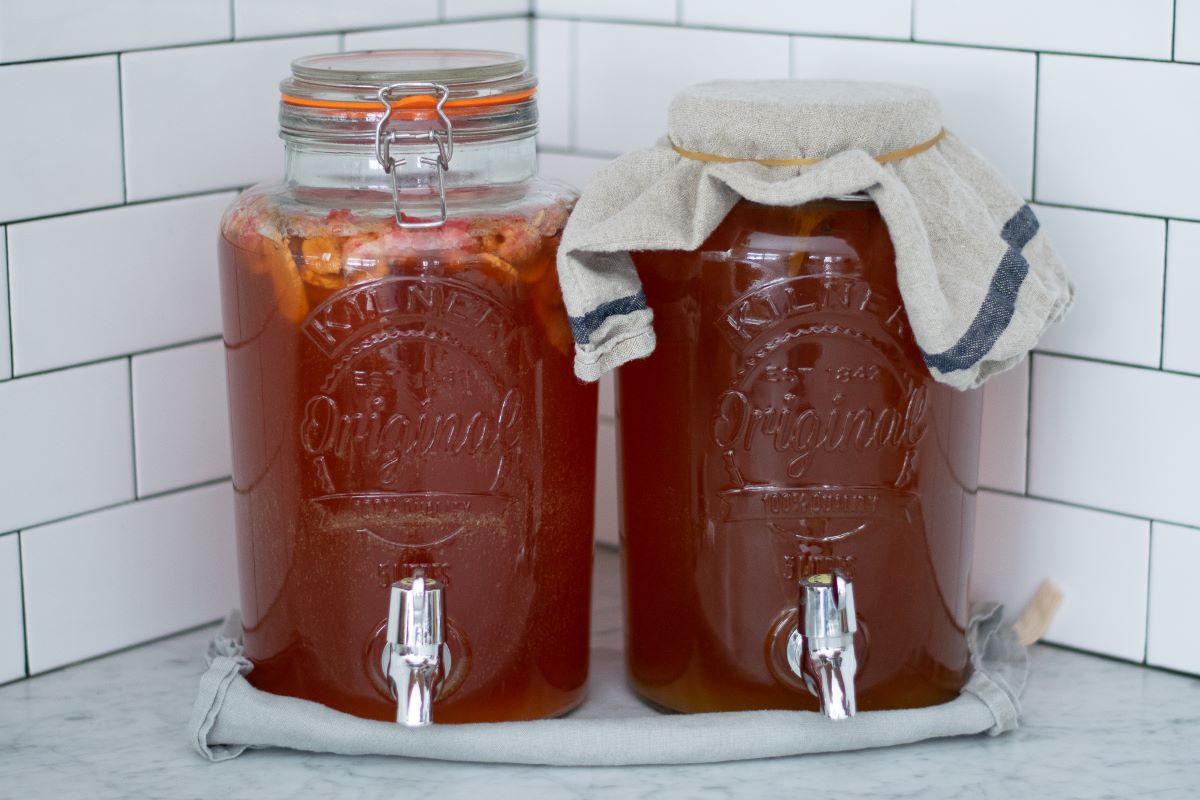

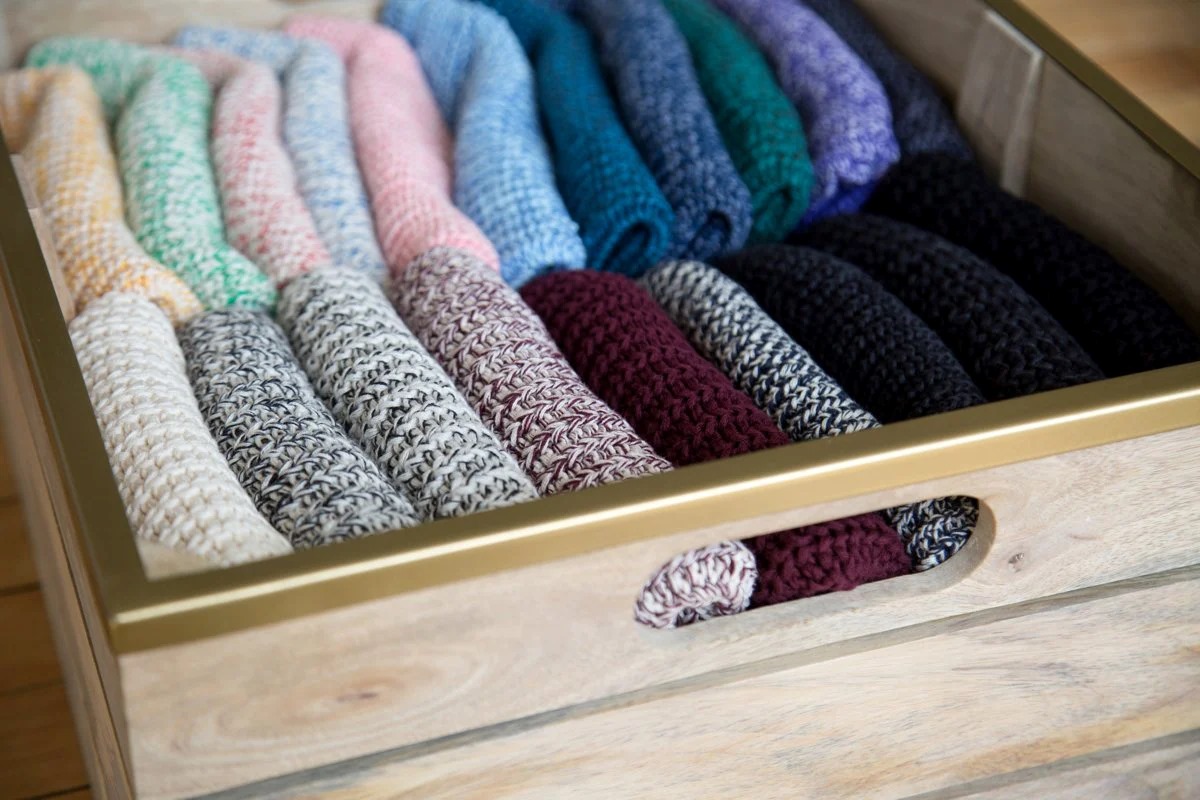

0 thoughts on “How To Store Cardstock”